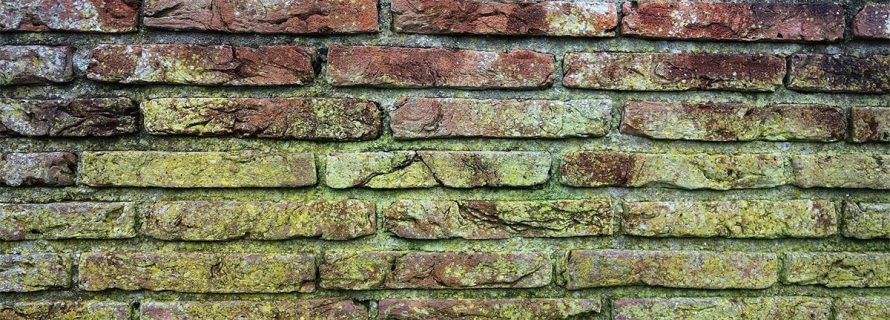What You Need to Know About Mold in the Home and Mold Toxicity

Mold is never a nice problem to deal with in your home, but it is quite a common issue. Mold is a fungus that grows on almost anything, and it can thrive in a wide range of conditions. It will usually thrive best in warm temperatures and environments with a lot of moisture. Since mold is so versatile, it can grow both indoors and outdoors, where it can become an unwanted guest both in the outdoor space and the indoor areas of your home. Mold is not only unsightly in the home, but those who are exposed to it over prolonged periods of time can develop mold toxicity symptoms.
What is Mold Toxicity?
Mold toxicity will occur when the mycotoxins that are produced by micro-fungi such as mold impact your body, leading to certain symptoms. Just over 20% of the population is genetically more likely to be affected by mold toxicity, and will experience chronic, inflammatory immune responses when exposed to mold. Some of the main warning signs of mold toxicity include low energy levels, a chronic cough, itchy and watery eyes, sleep problems, asthma attacks, headaches, joint pain, and depression.
Checking for Mold in Your Home:
Here is a robust explanation of mold in the home & workplace that you can use to find out more about checking for mold in your home. The first thing to do is test for mold in your environment if you suspect that there is a mold source in your home. It’s a good idea to regularly test even if you have not noticed any mold in the home, especially if you’re experiencing some of the common symptoms. To thrive in any environment, mold will require moisture, mold spores, and oxygen. It is also likely to thrive in environments where there is a lack of sunlight, an average temperature, and a food source of any organic material.
Signs of Mold in the Home:
Most mold can easily be detected for what it is, but in some cases, hidden growths might look like dirt on the surfaces of your wall, ceiling or woodwork. If you notice any new and unexplained discolorations on the surfaces in your home, you should check to see if it’s mold or caused by mold. Mold often grows in areas of the house that you don’t look at very often, so it’s important to check these lesser-used areas on a regular basis.
The Difference Between Mold Toxicity and Mold Allergies:
Mold allergies are the result of mold spores that are inhaled, leading to symptoms that present similarly to hay fever. On the other hand, mold toxicity is characterized by a chronic inflammatory response that is caused by the volatile, toxic vapors that the mold disperses in the environment. Since there is a wide range of possible mold toxicity symptoms, diagnosing this condition can sometimes be difficult, and will usually involve identifying mold in your environment as the first step.
Mold in the home isn’t just unsightly and dirty looking; it can also have a huge impact on your health and wellbeing.
About The Author: Justin Jersey is a journalist, stylist and blogger. He is an aesthetician by heart who often writes about Art, Fashion, decorating and DIY ideas. He loves sparking creativity and giving them ideas for their own spaces. Follow him on Twitter or Pinterest.
Image by 👀 Mabel Amber, who will one day from Pixabay
- Additions and New Construction
- All Exteriors
- Alterations
- Basements
- Bathrooms
- Customer Service
- Customer Stories
- Decks
- Design & Planning Show
- DIY
- Doors
- Educational Resources
- Extreme Makeover Home Edition
- Fashion Show
- General Remodeling
- Green Living
- Handyman Home Services
- Home Decor
- Home Entertainment
- Home Improvement
- Home Improvements
- How to Tips
- In The Community
- Kitchens
- Off-the-Wall Remodeling Stories
- Remodeling
- Resources
- Roofing
- Siding
- Social Media
- Sunrooms
- Tips & Tricks
- Trends
- Windows

